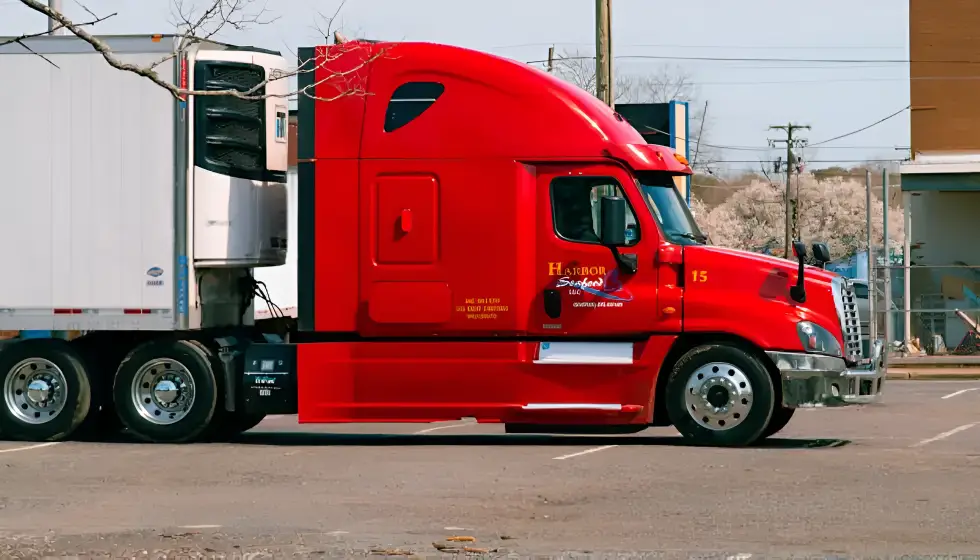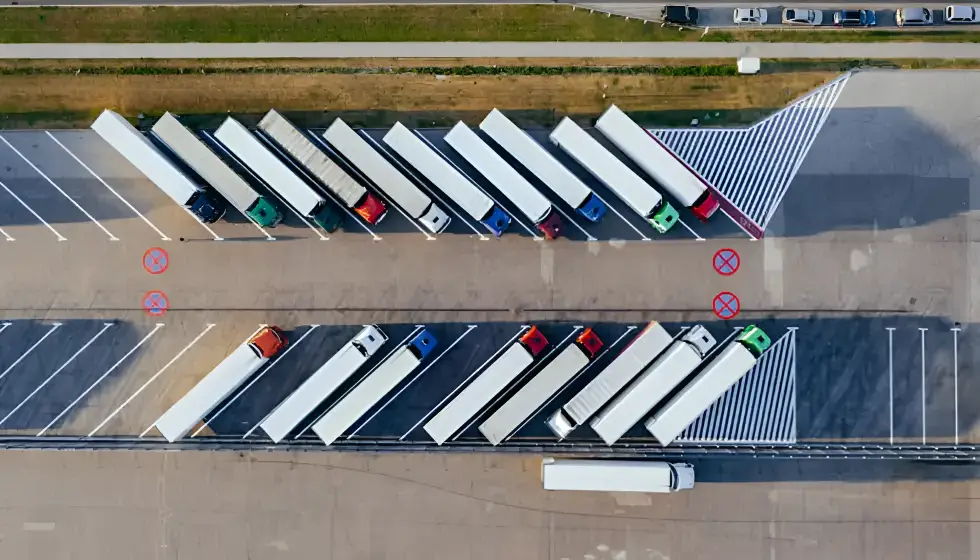Introduction to CDL Training Requirements
If you’re new to the world of commercial driving, you might be wondering, “Where do I even start?” For starters, you need a commercial driver’s license (CDL), which means meeting national and provincial training requirements. Transport Canada regulates commercial drivers training standards across the country, but provinces like Ontario often add their own spin to things.
Specific Requirements for Commercial Drivers Ontario
For commercial drivers in Ontario, getting a CDL isn’t just about passing a written test and hopping into a truck. First, you need to figure out which class of license you’re aiming for:
- Class A: Full-size tractor-trailers
- Class B: School buses
- Class C: Large buses for public transit or long-distance travel
- Class D: Smaller trucks weighing over 11,000 kg
- Class F: Ambulances and small school buses
Each class comes with specific training requirements, but all require a clean medical record and a valid Class G driver’s license (Ontario’s standard license). For the big rigs in Class A, you also need to complete the mandatory entry-level training (MELT) course, consisting of 103.5 hours. This includes classroom instruction and practical road training to ensure you can handle everything from coupling and uncoupling trailers to driving through Toronto rush hour traffic.
Key Components of Commercial Drivers Training
Commercial drivers training isn’t like picking up a few weekend driving lessons at your local driving school. It’s a whole different beast:
- Written Exams: You’ll need to pass a knowledge test on traffic laws, vehicle safety, and road signs.
- Road Test: Prove that your skills aren’t just book knowledge. Show examiners you can safely maneuver a commercial vehicle in various traffic situations.
- Pre-Trip Inspections: Safety is the name of the game, and being able to spot potential mechanical issues before hitting the road is essential.
- Air Brake Endorsement: For many commercial vehicles, knowing how air brakes work—and how to maintain them—is crucial. The endorsement exam ensures you have this specialized knowledge.
- Hours of Service Compliance: Drivers need to keep track of their time behind the wheel to stay within the legal limits.
A solid CDL training program covers all of these aspects and ensures you’re not only road-ready but also paperwork-ready.
Understanding the Commercial Drivers Guide
Before you start memorizing truck diagrams and mastering the art of double-clutching, grab yourself a copy of the Commercial Drivers Guide. Each province has its own version, laying out all the essential information you need to pass your exams.
In Ontario, the “Official MTO Truck Handbook” is your go-to source. It’s packed with everything from air brake systems and defensive driving techniques to commercial vehicle regulations and best practices. Don’t treat it like a high-school textbook (yawn!)—get cozy with this guide. Make some flashcards if you have to. It’ll save your bacon on test day.
Staying Ahead: Ongoing Education and Certification
Getting your CDL isn’t the final stop on your journey. Canada’s trucking industry is continuously changing, with new technologies and regulations popping up like traffic cones on Highway 401. Staying current is critical to keeping your job secure and your wheels turning.
- Upgrade Your License: If you’re starting with a Class D license but dream of hauling cross-country with a Class A, think about upgrading your certification.
- Specialized Training: If you’re interested in transporting hazardous materials or oversized loads, extra training will be required to meet compliance standards.
- Refreshers and Renewals: Keep your skills fresh with periodic refresher courses. Staying sharp ensures you’re always ready for whatever the road throws at you.
Final Thoughts
There you have it—the straight goods on minimum training requirements for commercial drivers in Canada. Whether you’re just starting CDL training or an old hand on the Trans-Canada, make sure you understand the training requirements and grab your trusty commercial drivers guide.
Need to brush up on commercial drivers Ontario standards or want more specialized training? Our team at Valley WorkSafe offers a Commercial Driving Training Program Bundle to help set you up for new pathways (and lots of open roads) on your career as a professional driver ahead! Now buckle up, it’s time for you to make the next move!
Watch Our Safety Videos Here: https://www.youtube.com/@valleyworksafe



